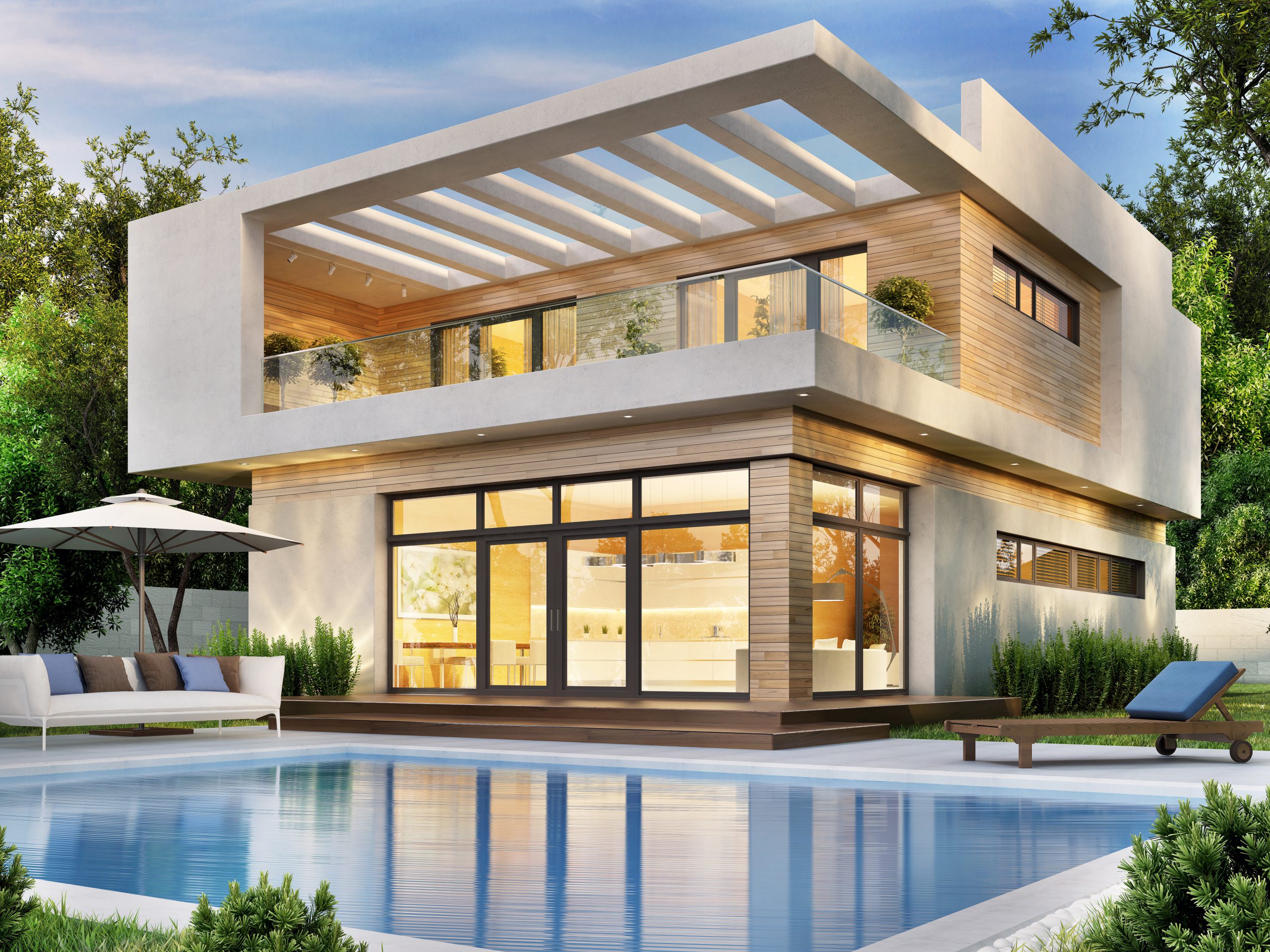
The interior design style known as Bauhaus is guided by the belief that materials should not be hidden behind upholstery but exposed to show the honesty of each piece.
This sparse, austere style can be recognised by the steel tubing designs of chairs, sofas and tables. It looks incredible in modern houses and apartments, yet it rose out of a war-ravaged Germany of the 1920s.
The Bauhaus look is one that is aspired to by many modern home owners. Bauhaus elevated the skills of architecture, design and machinery and its design philosophy is around simplicity, economic logic and mass production.
When you select Bauhaus as your interior design, you are embracing German history and culture that championed the beauty of industrialised, mass-produced furniture of light materials, geometric form and functionality.
Here are some tips to introducing a Bauhaus aesthetic to your home:
Function comes first. The most fundamental of Bauhaus principles is that form follows function. Practically, this means that what looks good takes second place to practical use. For example, chairs with no real purpose are avoided even if one might look good in the corner of the room. This means no knick-knacks and ornaments.
Authentic materials. Bauhas deals faithfully with the materials of the furniture. Nothing should be hidden for the sake of aesthetics. Your home should expose the steel beams in the roof. For furnishings, the steel-tubing of chairs and tables must be exposed as part of the ‘truth in materials’ philosophy.
Leave it linear. Your entire approach must embrace the minimalist, industrial philosophy with the linear placement of furniture. Avoid curves. Colour, line and shape of furniture are the primary, almost the only, consideration in authentic Bauhaus design.
Add art for accents. Bauhaus interior design inspired a new wave of German art in the early 1920s that can still be found today. The founder of the Bauhaus movement, Walter Gropius, encouraged the installation of select and powerful artwork to ensure that Bauhaus homes didn’t feel too empty or barren.
This article is provided for general information only and does not take into account the specific needs, objectives or circumstances of the reader. Before acting on any information, you should consider whether it is appropriate for your personal circumstances, carry out your own research and seek professional advice.
